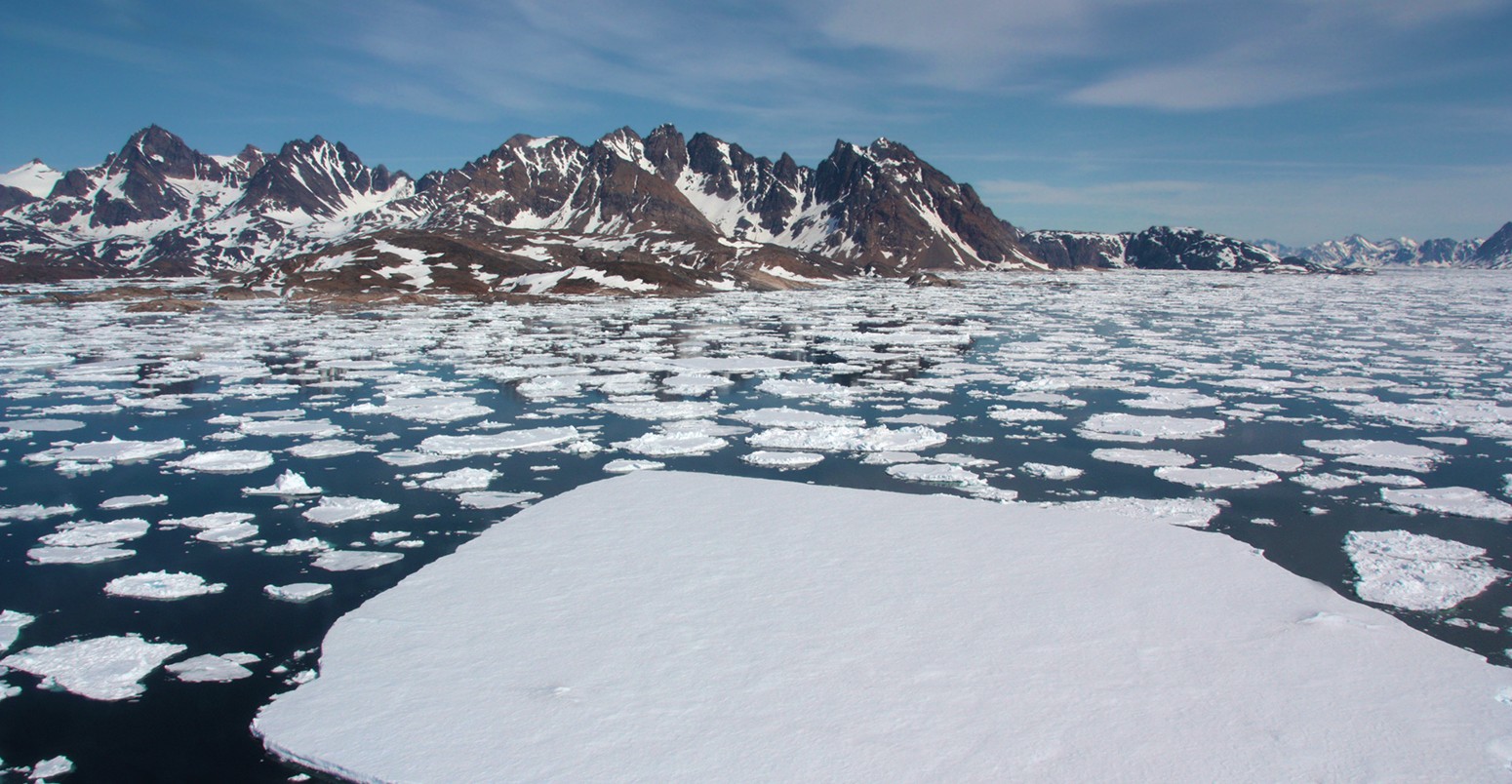Natural changes in the environment are responsible for about 40% of Arctic sea ice loss, while humans are to blame for the rest, according to a recent climate study.
The paper, based on model simulations of different climatic conditions, was a rare attempt to quantify the relative contributions of humans and nature to the dramatic decline and could have a major impact on future research into Arctic ice lost, Phys.org reported.
Understanding all causes of the sea ice retreat is crucial for accurately projecting the rate of future loss and slowing it.
Scientists have long accepted that natural changes in the environment, such as atmospheric air circulation, were at least partly responsible.
But its relative contribution and that of human-induced global warming have been fiercely debated.
The new study concluded that up to 60% of sea ice decline since 1979 were caused by summertime changes in atmospheric circulation.
About 70% of the air flow changes, in turn, were the result of natural variability, not human-caused climate change.
Taken together, this meant that between half and two-thirds of the sea ice decline was attributable to climate change, said the American team.
Natural variability, on the other hand, “dominates the Arctic summer circulation trend and may be responsible for about 30-50% of the overall decline in September sea ice since 1979,” they said.
Commentators not involved in the study said its findings do not call into question whether human-induced planet warming has contributed to Arctic sea ice loss.
“Realizing that humans have caused 50-70% of the decline is not good news,” said Twila Moon, a lecturer in cryospheric sciences at the University of Bristol.
“Continuing to put carbon dioxide and other emissions into the atmosphere is having a direct negative impact on the Arctic, including sea ice,” she said via the Science Media Center in London.
Models for future predictions will have to be adapted, according to the findings published in the journal Nature Climate Change.
Sea ice, floating slabs of frozen ocean water which grow in winter and melt in summer, provides an essential platform for both humans and bears, and helps moderate the climate by reflecting the Sun’s rays.
The region is warming at about twice the global average rate.


